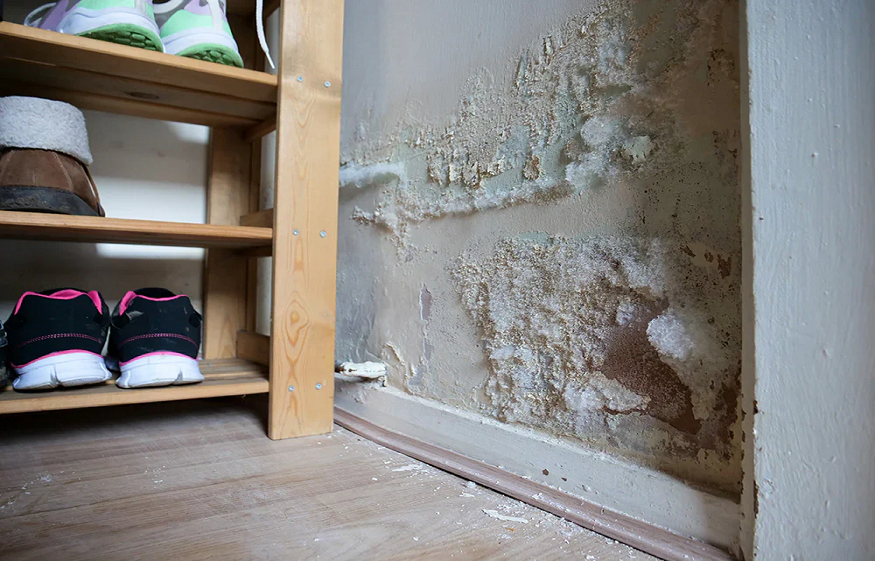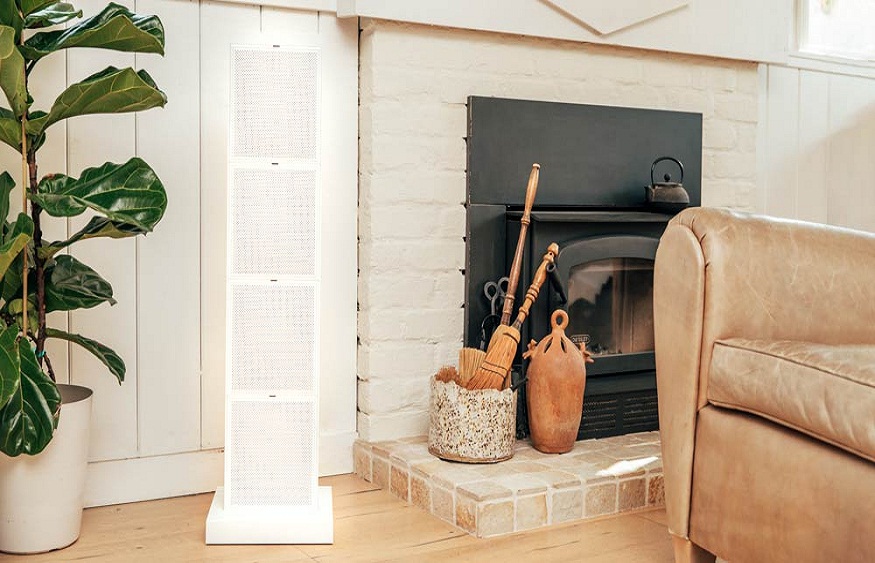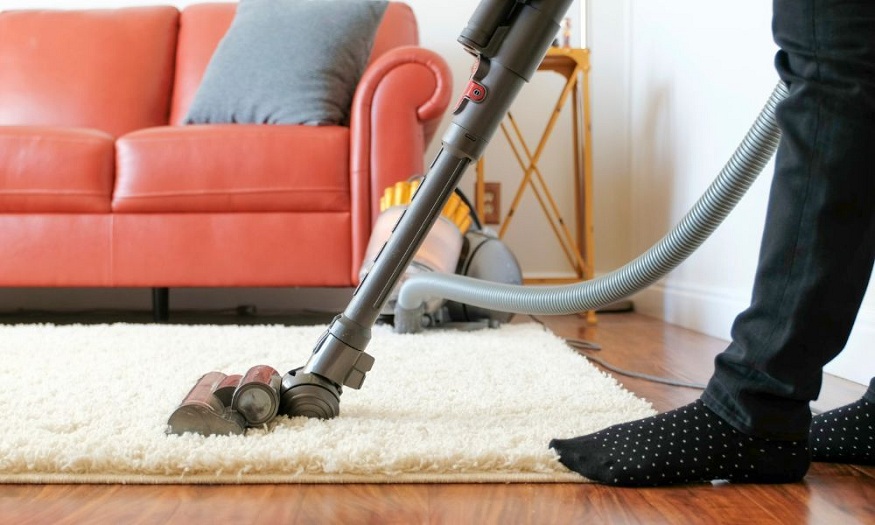A damp smell in the house can be truly frustrating. This smell could originate from a leak or humidity. Regardless of where it comes from, there are various methods to scrub it away for good. These solutions do not always require a specialist, just basic research and knowledge.
By taking a proactive approach, you can identify the source of the smell and address it effectively.
Let us explore some long-term and sensible fixes to keep your house smelling clean and inviting. With the right techniques, you can create a fresher living space that everyone will enjoy.
Understanding the Cause of Damp Smell
Understanding what’s causing the unpleasant odour is our first task. Only afterwards can we dig into potential solutions. Most commonly, the root of the problem is excessive moisture, creating an inviting environment for mildew, mould, and bacteria to flourish.
These organisms not only produce a musty scent but also release gases and spores that cling to the walls, carpets, furnishings and even your clothes.
Common sources of extra moisture come from leaky pipes or roofs. Poor ventilation especially in kitchens and bathrooms can also worsen the issue.
Moreover, wet window panes, rising dampness from the ground level, flood aftermaths, or spills that remain unattended for too long can cause a moisture overload in your home.
If the source of moisture remains unresolved, the odour will linger regardless of your actions.
Improving Ventilation
Ventilation is one of the easiest yet most powerful strategies to avoid and eliminate damp smells. Stasis of air allows moisture to develop and causes damp issues. Good airflow, on the other hand, helps to control humidity.
It is obvious that some areas, like your bathroom or kitchen, require more ventilation if they routinely suffer from dampness.
First of all, ensure windows are routinely opened even in colder months, as this can significantly change the atmosphere.
Allowing fresh air to flow for fifteen to twenty minutes every day helps stop moisture from accumulating.
A functional extractor fan is essential in areas like kitchens and bathrooms. Moisture hangs in the air adding to the dampness. If your house does not have these fans, think of it as a worthwhile house repair project.
Using a dehumidifier helps absorb extra moisture since it keeps the air dry and smell-free in spaces where windows cannot ventilate.
Cleaning Soft Furnishings to Remove the Smell
After you get better ventilation, you should concentrate on the places, especially curtains, rugs, and upholstery. They could be the source of the smell.
These materials are ideal for harbouring musty smells since they absorb moisture. Therefore, wash regularly with some home remedies like vinegar; it will help neutralise odours.
Sprinkle a handful of baking soda over couches and mattresses. Then, let it sit for a few hours before vacuuming to help eliminate foul smells. It is a natural deodoriser that absorbs moisture and neutralises stinks without ruining the cloth.
You could also steam clean or deep clean your carpets if they smell damp to help release trapped moisture and mildew. Therefore, restoring their freshness and cleanliness.
Addressing Mould and Mildew
Moisture leads to mildew and fungus which not only adds to the scent, but can also cause major health problems. Thus, a basic bleach and water solution works for minor mould patches well.
White vinegar is a green choice that is well-known for killing several kinds of mould. Spray it over the afflicted region and let it sit for a few hours.
If the mould issue is severe or persists in spite of your best efforts, it is necessary to seek the help of a professional cleaning service.
Furthermore, larger areas of mould indicate more severe underlying moisture problems. Thus, home improvement specialists can help identify the source and provide recommended long-term treatments.
Keeping Rooms Dry
Basements, laundry rooms, or cellars without clear indicators of mould still have that residual damp feeling. Their position and lack of natural ventilation make these areas more likely to have trapped moisture.
Run dehumidifiers to keep dryness and stop the accumulation of smelly dampness. In addition, you can put silica gel packs in small, enclosed spaces like cabinets or wardrobes to maintain dryness.
Moreover, treating your walls with a waterproof sealant will stop water from seeping in. Therefore, it increases the resistance of your room to dampness if the source of it is outside.
Adding Pleasant Scents
While the primary goal is to eliminate the damp smell, introducing pleasant fragrances can be a helpful alternative. Light some scented candles, use essential oils, or arrange bowls of potpourri to make your home feel more inviting.
In addition to drying out damp moisture, air fresheners and diffusers can infuse your space with delightful scents. Just remember, these goods only cover up bad smells, they don’t get rid of them.
Pairing these strategies with comprehensive cleansing will result in a cleaner, more inviting atmosphere in your home.
Preventing Future Damp Smells
Once you have effectively addressed the wet smell, you should act to stop it from returning. Fixing any possible problems that can lead to moisture build-up and routinely maintaining your house will save you a lot of headaches.
Whether they come from windows, pipes, or roofs, you should routinely look for any leaks and quickly fix them.
Keep in mind that correct wall and window insulation helps to minimise condensation and, in return, damp smells in colder months.
A long-term fix is using dehumidifiers to keep moisture levels low, especially in places that are prone to dampness.
Furthermore, dust and filth trap moisture. Thus, maintain surfaces clean and free from grime to guarantee your house stays dry and fresh.
Conclusion
Eliminating a damp smell could seem difficult, but with the correct strategy, you will quickly bring freshness back into your house.
Good airflow, frequent soft furniture washing, and control of moisture levels will help you eradicate that musty smell and produce a fresher living space.




